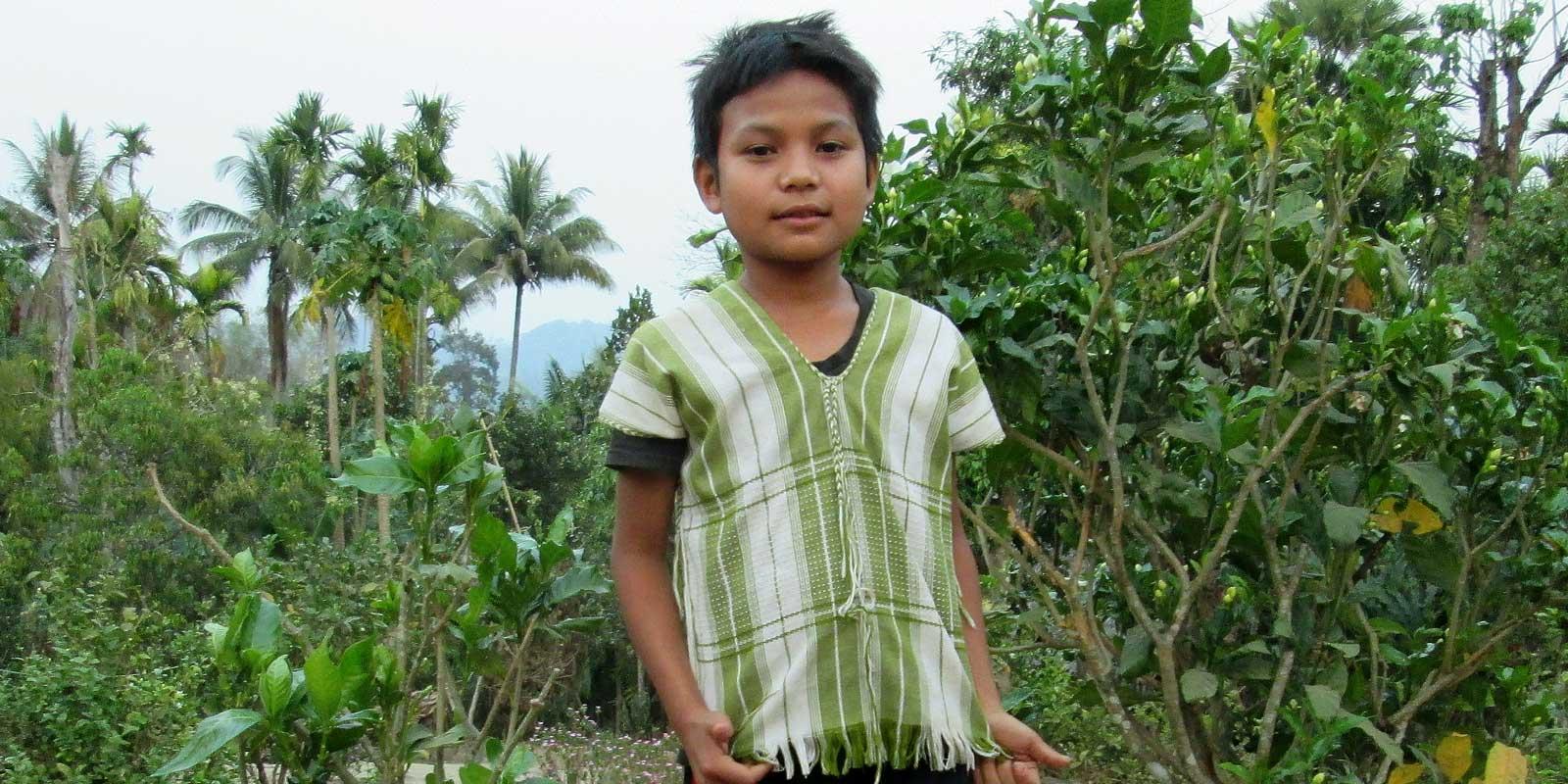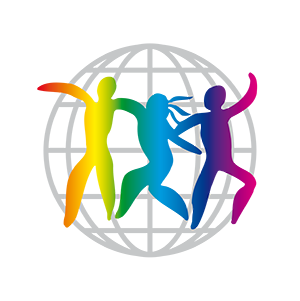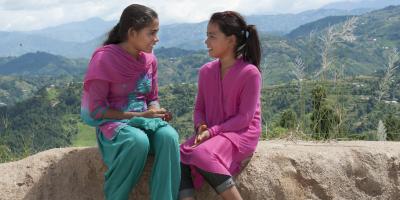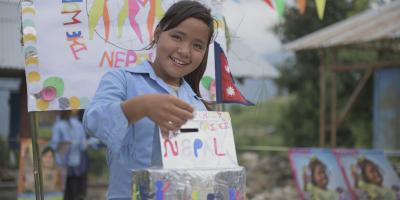
Children in
Conflict Areas
Conflict Areas
Children living in conflict zones have many of their rights violated, directly and indirectly. Here we focus on minority children whose villages are attacked by the military dictatorship in Myanmar.
Purpose
Using video gives students opportunities to see and reflect on children's lives in conflict zones. Video brings the outside world into the classroom and creates a more authentic learning experience, which helps students connect theory to practice. In this activity, we use the so-called EPA method.
Do it like this
- Tell students that children from different ethnic minorities in Myanmar are severely affected by discrimination and poverty. In addition, for a long time, Myanmar was ruled by a harsh military regime. Still, children there secretly participated in the World's Children's Prize program and learned about children's rights and democracy.
- Explain that you are going to watch a short film (3:10 min.). When it was made just over three years ago, the military regime had agreed to hold democratic elections in Myanmar. Many hoped that life would become better and more free. And the children in the film, who belong to the Karen people minority, got to hold their Global Vote Day completely open, for the first time, in the village of Lay Nay Dern.
- Let the students sit in pairs and tell each other how they experienced the video, and what they think about the stories the children told.
- Explain that you are now going to watch another video, from April 2021. Now, the military regime has again taken power in Myanmar and attacks people who want justice and democracy. The video was sent out from Myanmar in secret, filmed with a mobile phone shortly after a Karen village was attacked with grenades. All the villagers had to flee into the forest and do not know how long they have to hide there. Ask students to watch carefully, especially the children in the clip. How do they seem to be feeling? What are they doing?
- View the movie (2 min.).
- Let the students sit in the same pairs and briefly discuss what they saw in the two video clips. Give them discussion questions for support (see below) or let them talk freely.
- Pair + pair: Two pairs now share their thoughts with each other. Together, the group of four selects three things that they thought were important and interesting, and that they want to share with the class. They can use the discussion questions as support if they want to.
- Each group presents their thoughts and ideas in class.
- Conclude by talking together about what could help the affected children in Myanmar. Is there anything the students themselves can do, the Swedish government or the UN? (For example, spreading knowledge and sharing the films on social media, so that more people know what is going on in Myanmar. Can it put pressure on the government and the UN to act, etc.)
Discussion Questions
- How are children and their rights affected by living in a conflict zone?
- What do you personally think may be the most difficult part about being a child in a conflict zone?
- How did it feel to see the two videos? Was there any difference between watching the first and the second clip? If so, what was it?
- Do you think many people around you know what's going on in Myanmar right now? For example, did you know that before watching the videos?
WORLD'S CHILDRENS PRIZE FOUNDATION
Långgatan 13, 647 30, Mariefred, Sweden
Phone: +46-159-129 00 • info@worldschildrensprize.org
© 2020 World’s Children’s Prize Foundation. All rights reserved. WORLD'S CHILDREN'S PRIZE®, the Foundation's logo, WORLD'S CHILDREN'S PRIZE FOR THE RIGHTS OF THE CHILD®, WORLD'S CHILDREN'S PARLIAMENT®, WORLD'S CHILDREN'S OMBUDSMAN®, WORLD'S CHILDREN'S PRESS CONFERENCE® and YOU ME EQUAL RIGHTS are service marks of the Foundation.


x
x
x




